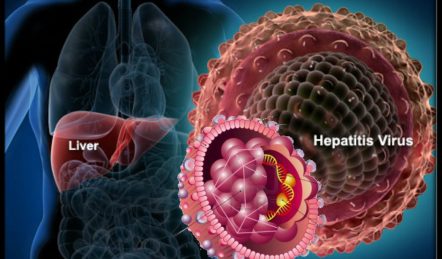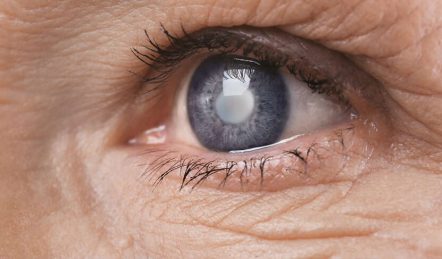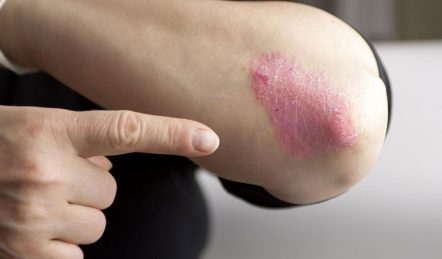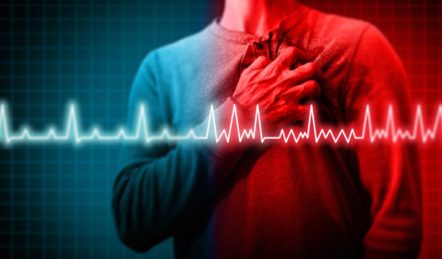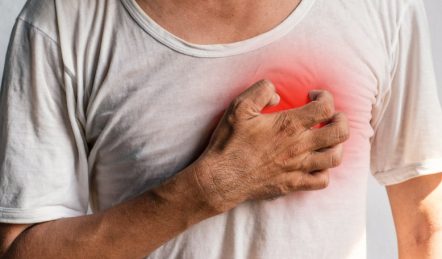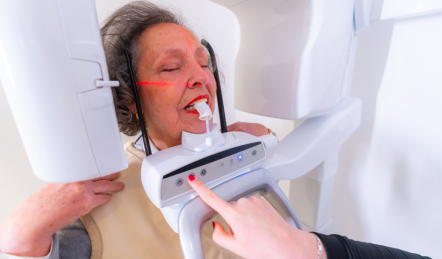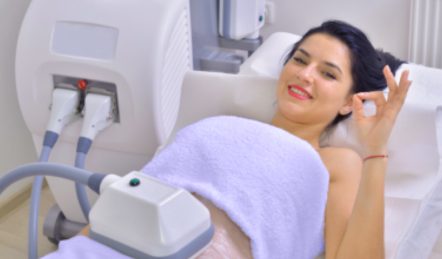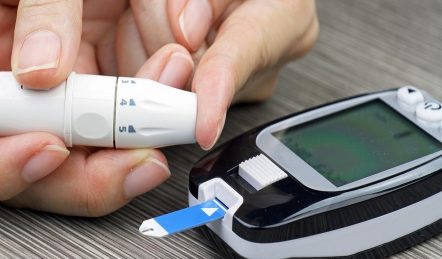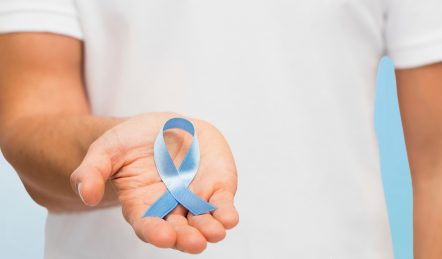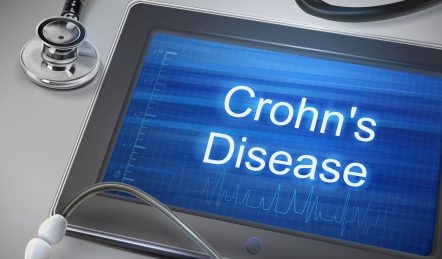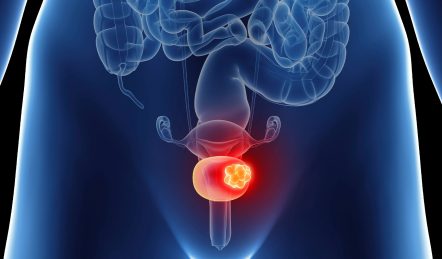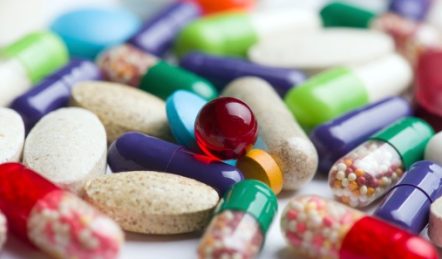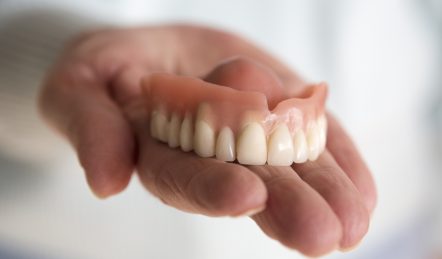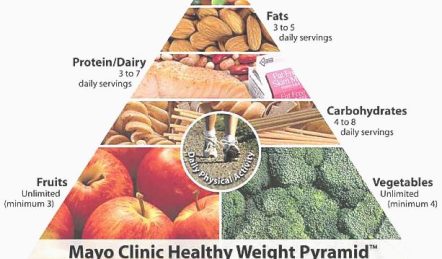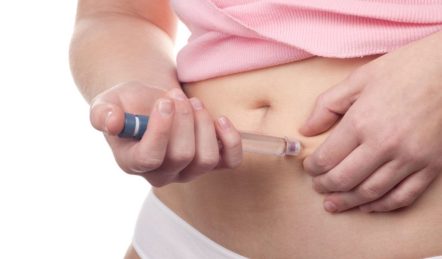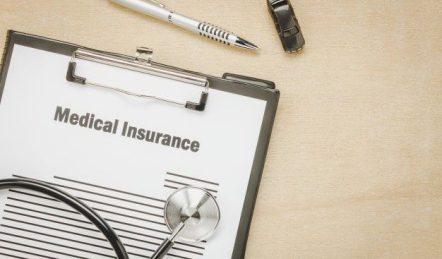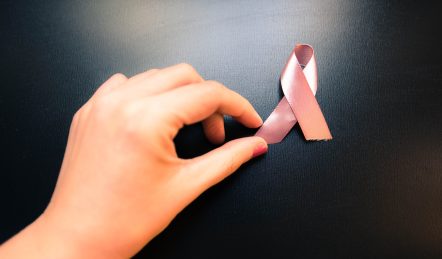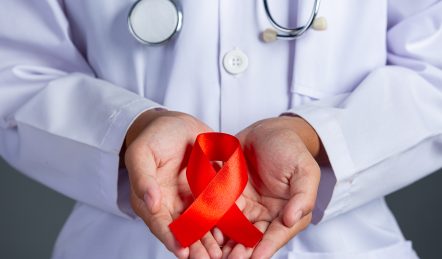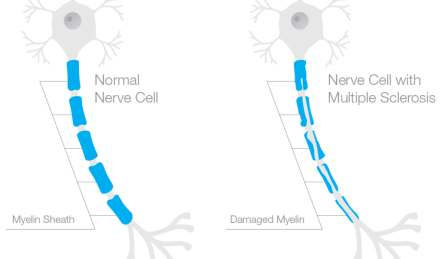How To Determine Whether You Have Type 2 Diabetes
Type 2 diabetes is on the rise in the United States, where the CDC estimates that over 30 million persons have the disease¹. Over 80 million Americans are at risk of developing type 2 diabetes because they have pre-diabetes.
Prediabetic patients are often unaware of their condition. Some individuals already have type 2 diabetes but haven’t been identified, putting their health at risk every single day.

It’s surprising how often this occurs. There are no outward indicators of type 2 diabetes when it first develops. Initially, only minor symptoms may be seen, but they become increasingly severe as time passes. Because of this, many patients are left confused if they have diabetes or even if they have it at all.
Is it possible that you have diabetes and are entirely unaware of it? To assist you in your search, we’ve compiled a list of some of the most apparent symptoms.
You’re Constantly Using the Bathroom
There are numerous symptoms of type 2 diabetes, but frequent urination is one of the most obvious. Frequently going to the bathroom more during the day and night may raise some red flags.
According to Healthline², this frequent urge to use the bathroom is called polyuria. Additionally, this is a symptom that your blood sugar levels are abnormally high. This excess sugar or glucose is expelled from your body through your urine since your kidneys are unable to process it.
You Are Constantly Thirsty
Are you always thirsty? Have you increased your water consumption because you feel dehydrated? Early signs of diabetes include excessive thirst.
If you’re consuming a lot of water but not quenching your thirst, you may have diabetes. You may become incredibly thirsty if your blood sugar levels are too high. If you have a lot of sugar in the blood, you may feel the urge to drink a lot of water, leading to an increased frequency of urination.

You’re Constantly Hungry Even When You’re Consuming Your Meals Regularly
Not only are you constantly thirsty, but you may also realize that you are constantly hungry. Diabetics constantly desire food, which could be the source of their insatiable appetite.
Polyphagia is the medical term for this symptom, according to Healthline³. Polyphagia is an early indication of diabetes that occurs when your body cannot utilize glucose to sense your cells. When your cells lack the “nutrient” they require, your body becomes continually on the lookout for additional food, leaving you ravenous. This usually happens when you have high blood sugar levels and glucose is discharged through your urine.
Wounds and Cuts Are Not Healing as Fast as They Used to
Slow-healing wounds are an odd symptom to watch for. Diabetes may be causing your wounds to heal more slowly than they should.
When it comes to healing, people with diabetes often have a more difficult time than those without the illness. Having high levels of high blood sugar can lead to this, according to Healthline⁴. Glucose elevations can cause blood vessels to shrink, resulting in decreased circulation and reduced nutrients and oxygen delivered to any wounds.
You’re Itching More, or You’re Getting Yeast Infections More Often
Have you been experiencing yeast infections that you have never had before? Or have you noticed that you’re getting yeast infections more frequently? Talk to a doctor if you see an increase in the number of yeast infections you’ve had recently.
Type 2 diabetes is often linked with an increased risk of yeast infections because of the higher blood sugar levels that are often observed. A yeast infection can thrive on excess glucose in your blood and urine, according to Medical News Today⁵.
Yeast infections are common in people with diabetes, and they can be quite irritating. You may have them in your mouth, genital region, or even in your armpits.
Are You Suffering From Type 2 Diabetes? Monitor Your Health Regularly
There is a chance that you may have diabetes and not realize it. The early indicators of this medical issue may seem obvious, yet it’s very easy to miss them. Type 2 diabetes, if unaddressed, has the potential to be fatal.
You should be aware of the signs of diabetes, even if they are mild or just beginning. That’s the only way to stay on top of the changes in your body and health. So it is necessary to educate yourself.
The best approach to learning about diabetes is to perform your own research. Make sure you’re aware of the symptoms of diabetes and how it can develop. Additionally, you’ll need an understanding of its causes, treatment options, and how you can keep it in check if you’re diagnosed.
References:
¹Medical News Today, What are the early signs of type 2 diabetes?
²Healthline, 14 Early Signs of Type 2 Diabetes
³Healthline, 14 Early Signs of Type 2 Diabetes
⁴Healthline, 14 Early Signs of Type 2 Diabetes
⁵Medical News Today, What are the early signs of type 2 diabetes?



